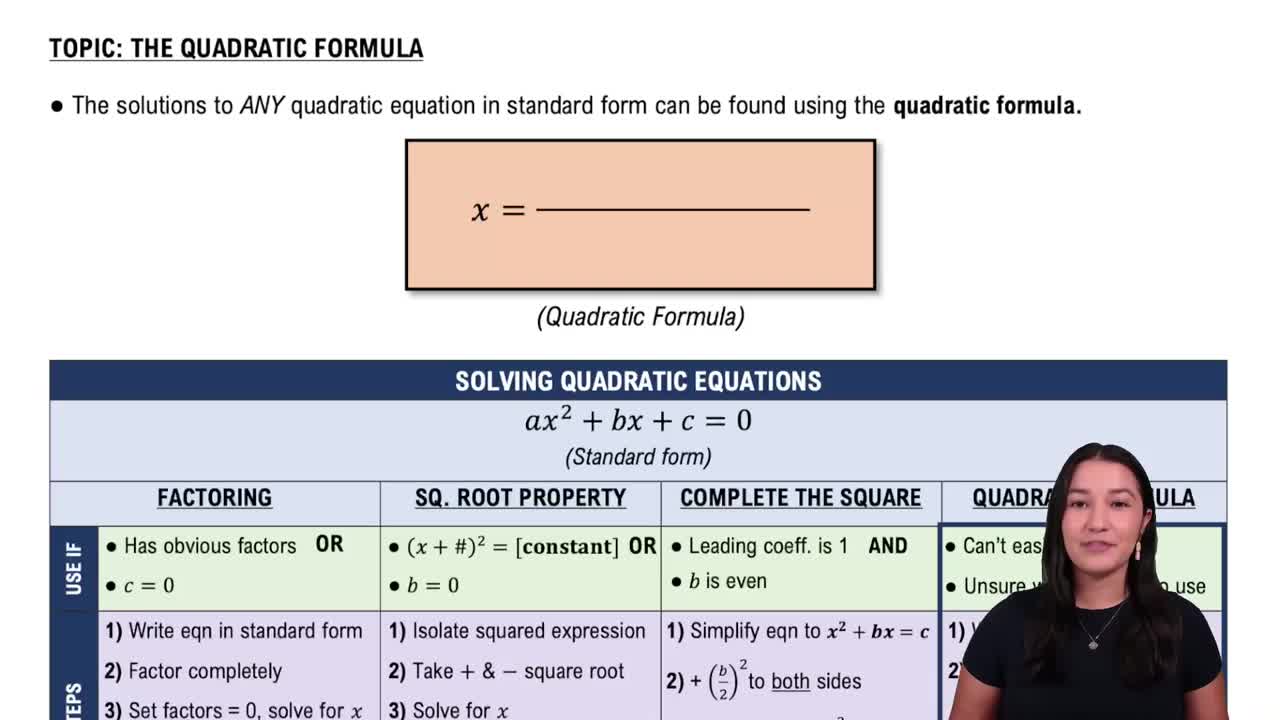Here are the essential concepts you must grasp in order to answer the question correctly.
Joint Variation
Joint variation occurs when a quantity varies directly with the product of two or more other quantities. In this context, the force of the wind is directly proportional to both the area of the surface and the square of the wind's velocity. This relationship can be expressed mathematically as F = k * A * V^2, where F is the force, A is the area, V is the velocity, and k is a constant of proportionality.
Proportionality Constant
The proportionality constant, often denoted as 'k', is a value that relates the variables in a joint variation equation. It is determined by substituting known values into the equation. In this problem, the constant can be calculated using the initial conditions provided (40 mph wind, 50 lb force, and 1/2 ft² area) to find 'k', which will then be used to solve for the unknown force under different conditions.
Recommended video:
Stretches & Shrinks of Functions
Quadratic Relationships
Quadratic relationships involve variables that are squared, leading to a parabolic relationship between them. In this scenario, the wind's velocity is squared, meaning that if the velocity doubles, the force exerted increases by a factor of four, assuming the area remains constant. Understanding this concept is crucial for accurately calculating the force exerted by the wind at different velocities.
Recommended video:
Solving Quadratic Equations Using The Quadratic Formula
 Verified step by step guidance
Verified step by step guidance Verified Solution
Verified Solution


 5:56m
5:56m